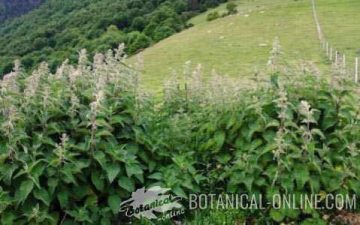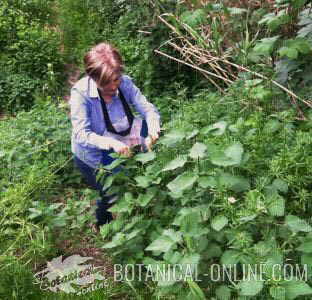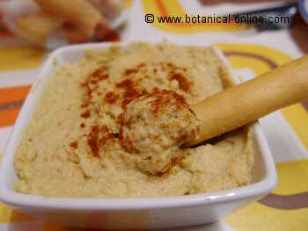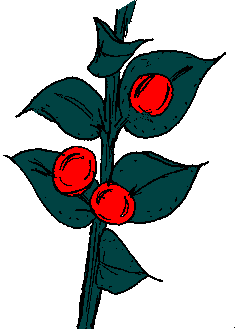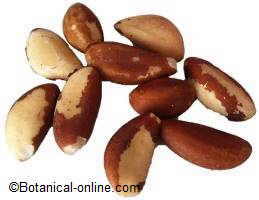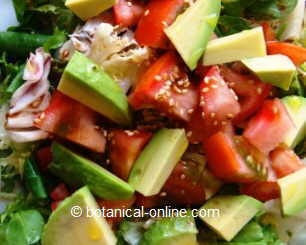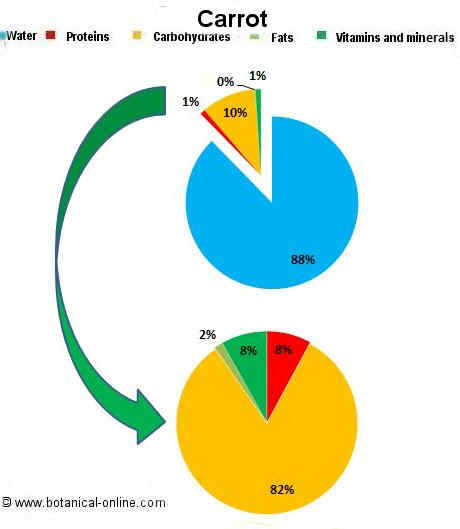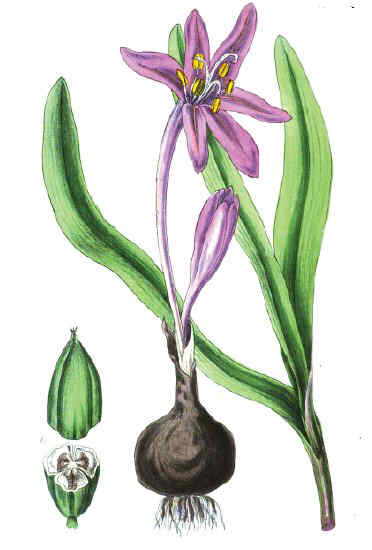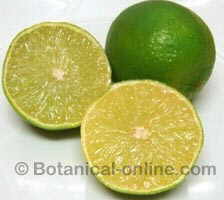Contents
How to grow and collect nettles
Growing nettle is increasingly common, as it is a very resistant plant, with few cultivation requirements and rapid growth, and which has many known uses, both as an edible plant and as a garden remedy.
Properties and uses of nettles
Among the multiple applications and properties that the plant we can mention:

Wild nettles Nettle can be grown as an edible plant, as a medicinal plant (mainly diuretic), or to prepare remedies for the garden, such as green fertilizer or natural insecticide.
- The cultivation of nettles is easy to establish, relatively easy to organize, but it is difficult to eliminate the nettles that, after the production period, are no longer efficient but it is difficult to eliminate nettles that, after the production period, are no longer efficient. Europe is where nettle is grown most, especially for medicinal applications, but the possibility of using the plant for industrial uses is increasingly being studied, especially in Europe, Austria, Germany, Finland and England.
For those people who still consider the plant as a garden weed, we recommend reading about the properties and uses of nettle.
How to grow nettles – Soil requirements
Nettle needs highly fertilized soils, especially nitrogen and phosphates. A layer of organic matter is preferable to enhance and accelerate growth. If possible, the soil must be loose and the ideal temperature ranges between 25 and 15ºC.
Reproduction and propagation of nettle cultivation
An initial sowing is necessary to form a crop of nettles, but once the nettle is established, the reproduction of nettles can be done through cuttings
To form a crop of nettles, an initial sowing is necessary, but once the nettle is established, the reproduction of nettles can be done by cuttings, that is, cutting stem fragments and planting them to root. This system is simple, but very laborious, especially in large-scale productions. If, on the other hand, you want to follow the traditional sowing method, then the seeds must be stored in a dry place until sowing time.
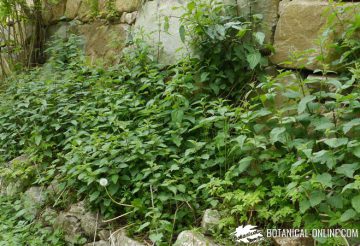
From sowing of nettles to germination it does not take six weeks if nettle is in the right conditions. The first year of production the crop is not very efficient. However, from then on, the average production expected to be obtained is 6 to 9 tons per hectare. And it is normally harvested more than once a year to obtain the desired optimal qualities. If nettles are very old, they loses them (they becomes woody and unpalatable).
They have a great capacity for reproduction, are very resistant, adapt easily and have a wide tolerance to abiotic factors. Of course, intensive cultivation of nettles cannot be established on poor and very dry soils. For this reason, the cost of maintaining the crop can be high if we have to fertilize the soil.
The seeds do not need any special treatment. They are saved for sowing the following year.
Nettle growing care
Once nettles are established in a field, it can be said that we have the crop is completely assured for about ten years. They are plants resistant to pests, herbicides and insecticides, which is why they have long been considered weeds.
Diseases and pests will be no problem for the cultivation of nettles, since they are very resistant. In addition, it will not be necessary to use chemical products, since they are very competitive and resistant to the action of insects.
Nettle harvesting season
This plant can be harvested almost all year round. In the case of nettle, its peak time is from early spring to autumn. The young or tender leaves are collected, that is, only the 4 or 6 leaves at the top.
How to collect nettles so that they do not sting
There are many ways to collect nettles, and as it is sometimes said “There’s more than one way to skin a cat“. In this case, the collection that we can recommend is the one we follow:

Nettle collection photo. A bag is hung around the neck “kangaroo style” and with scissors and gloves, the top 4-6 leaves of the nettles are cut and placed in the bag A cloth bag with large handles is prepared and it hangs around the neck, so that the bag remains open.
- With the help of gloves and scissors, the plant is cut and placed inside the bag.
- As nettle is a very abundant plant, and is used abundantly (like spinach), we use a very large bag to collect a good amount of nettle.
- Only the upper leaves of nettles are collected. Old leaves do not taste as good, are more woody and tend to make “threads”
*Related information: How to collect and cook nettles without getting stung
Collection place
Nettles can be grown in one’s own garden, but being such an abundant plant, many people choose to collect it from the countryside or mountains, where it is easily found feral.
In these cases it is important to take a series of precautions:
- If nettles are collected near gardens, it is very important to make sure that the garden has not been treated with pesticides (very important!!). It is recommended to ensure that the farmer does not throw manure or use the nettle site for any purpose before harvesting them.
- Nettles that grow on the side of paths or roads should not be collected, as they tend to contain many contaminants (mainly car smoke, but also others)
- Do not collect in protected forests
- Only the young leaves of nettle are used. Do not consume roots, old leaves, or flowers.
- It is recommended to have a regular collection route to detect if domestic animals, grazing animals, horses, etc. pass through that area, in which case extreme caution must be taken not to consume plants that may have been contaminated by them.
![]() More information on nettle
More information on nettle

